Description
Organic Sprouting MICROGREEN Amaranth RED LINE
Organic Sprouting MICROGREEN Amaranth RED LINE. It’s used as a pseudo-cereal which means that it does not belong to the same food group as true grains but has similar nutritional properties. The seeds of the amaranth are a gold or yellow colour, whereas the micro-greens that grow from the seeds are a copper-red colour and can be harvested once they are 6-7 cm in height.
Cultivation Advice
- Choose organic Amaranth Red Line seeds specifically labeled for sprouting or microgreen cultivation. Ensure they are untreated and safe for consumption.
- Use shallow trays or containers with drainage holes. Fill them with an organic potting mix or a specialized microgreen growing medium.
- Spread the Amaranth Red Line seeds evenly and densely across the surface of the pre-moistened growing medium. Aim for uniform coverage without overcrowding.
- Lightly press the seeds into the soil to ensure good seed-to-soil contact. A thin layer of growing medium or a fine mist of water can help settle them in place.
- Mist the seeds gently using a spray bottle or fine mist setting on a watering can. Keep the soil consistently moist but avoid waterlogging to prevent mold or rot.
- Place the trays in a warm, well-lit location with indirect sunlight or under grow lights. Amaranth Red Line microgreens prefer temperatures between 65°F to 75°F (18°C to 24°C) for optimal growth.
- Cover the tray with another tray or a plastic lid to create a mini greenhouse effect. This helps retain moisture and aids in germination.
- Amaranth Red Line microgreens usually germinate within a few days. Once sprouted, remove the cover and place them under direct light, ensuring good air circulation
- Amaranth Red Line microgreens are typically ready for harvest in about 1-2 weeks. Harvest when they reach a height of 1.5 to 3 inches by using clean scissors to cut them just above the soil level.
- Incorporate fresh Amaranth Red Line microgreens into salads, sandwiches, wraps, or as a colorful garnish for various dishes. They offer a mild and slightly tangy flavor.
- Some microgreens, including Amaranth Red Line, may regrow after the initial harvest. Leave a portion of the plants to observe if they produce additional leaves for a second cutting.
- After harvesting, clean the tray thoroughly with soap and water before reusing it. This helps prevent disease and maintains a healthy environment for future crops.
- Ensure the soil or growing medium is well-draining and free of chemical additives. Consider using a soilless growing medium specifically designed for microgreens to reduce the risk of disease.
- While not necessary, some growers prefer pre-soaking amaranth seeds for a few hours before planting to encourage faster germination.
- Provide adequate light for your Amaranth Red Line microgreens. If natural sunlight isn’t available, use full-spectrum grow lights placed a few inches above the trays. Aim for 12-16 hours of light daily.
- Proper airflow is crucial to prevent damping off (a fungal disease) and encourage sturdy growth. Use a small fan on low speed to provide gentle airflow around the microgreens.
- Water the microgreens from the bottom by placing the tray in a shallow container filled with water. This encourages healthy root development without disturbing the delicate leaves.
- For added nutrients, consider using diluted organic liquid fertilizers suitable for microgreens once the first true leaves appear. Follow the manufacturer’s instructions for application.
- After the initial harvest, some Amaranth Red Line microgreens may regrow. Leave a portion of the plants intact (a small percentage) to observe if they produce subsequent growth.
- Taste and texture can vary based on when you harvest. Try harvesting some microgreens earlier (cotyledon stage) for a milder flavor and later for a stronger taste.
- Ensure cleanliness in your growing environment. Sterilize trays and equipment between plantings to prevent the spread of diseases or pathogens.
- Keep a close eye on the growth progress. Adjust watering, light exposure, and other conditions based on how the Amaranth Red Line microgreens respond.
- Microgreen cultivation is as much an art as it is a science. Embrace the learning experience and adapt your techniques based on your observations and preferences.

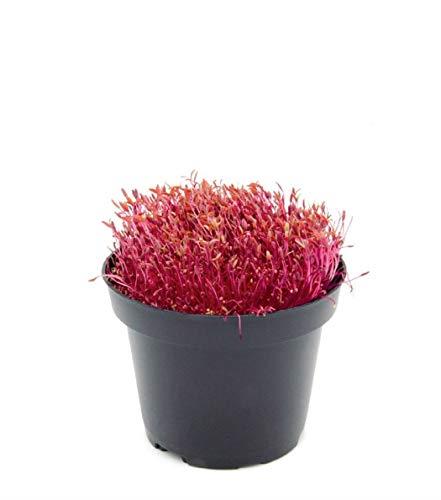
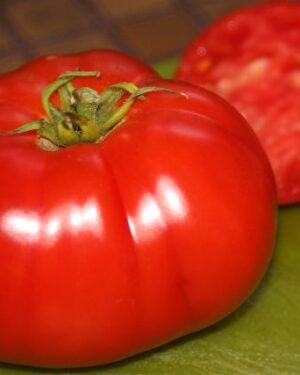
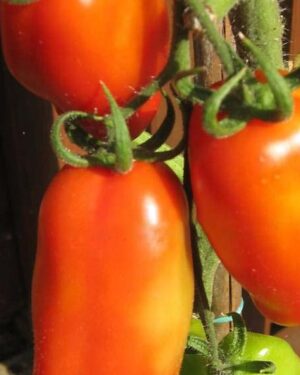


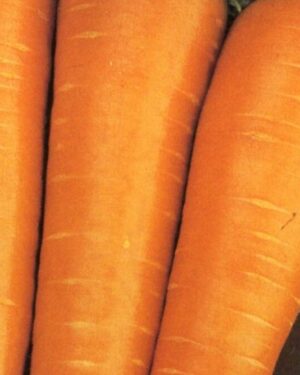

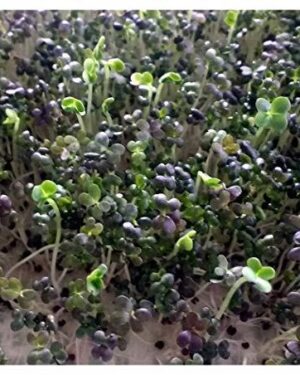
Reviews
There are no reviews yet.